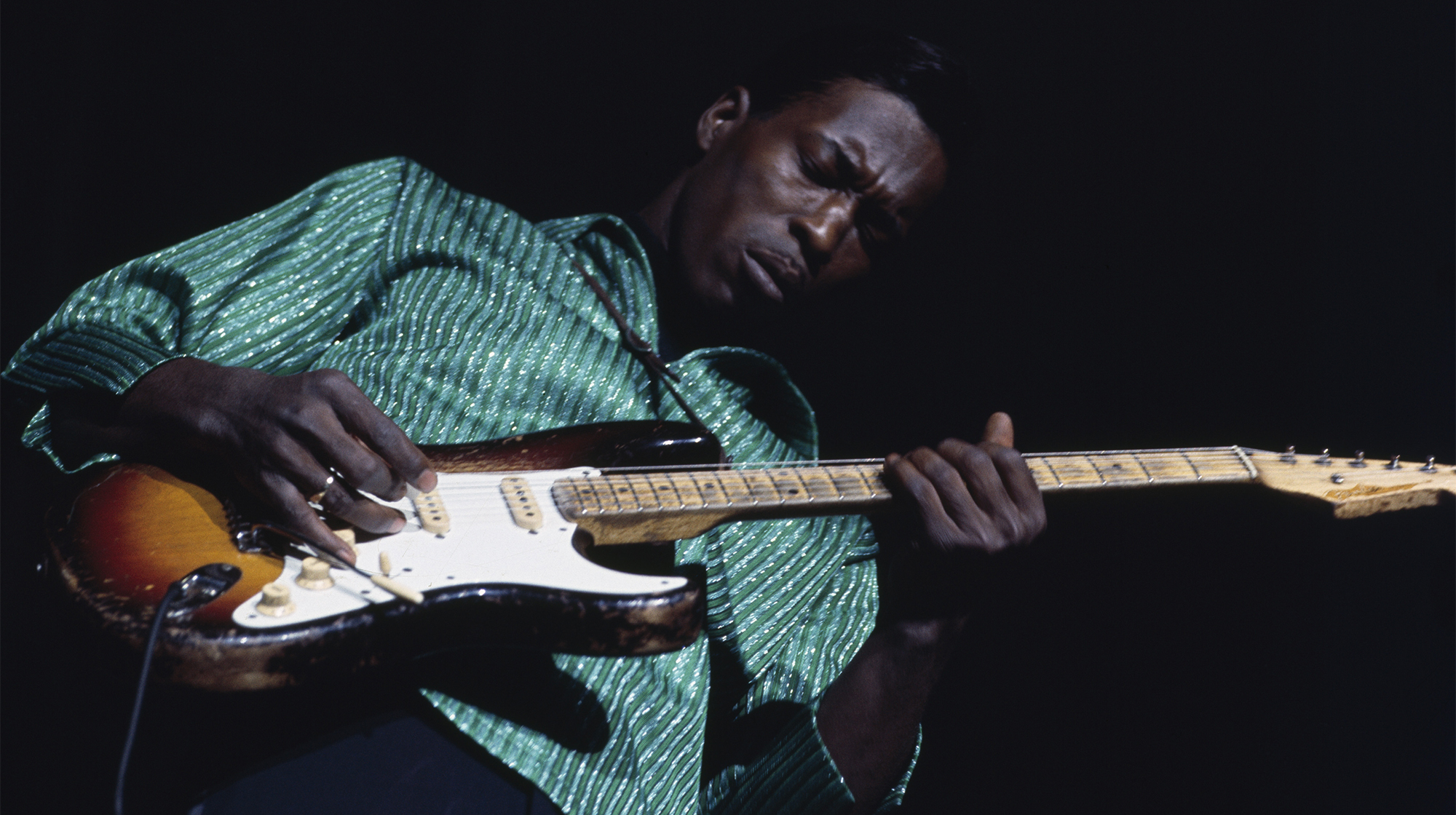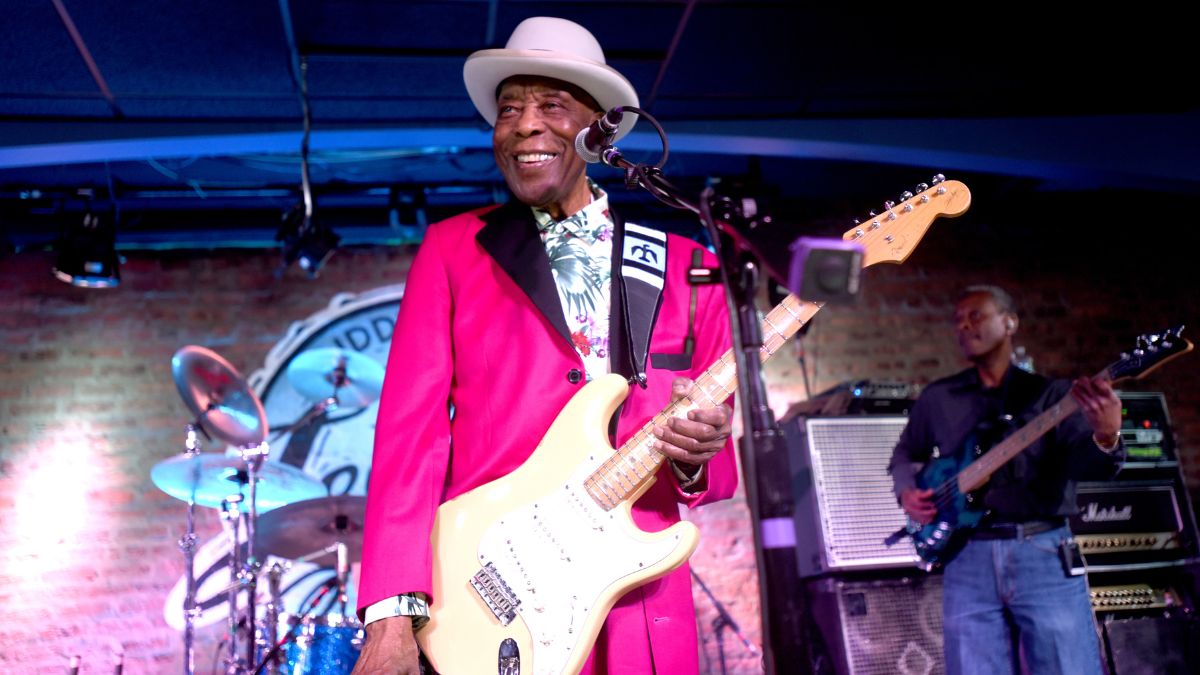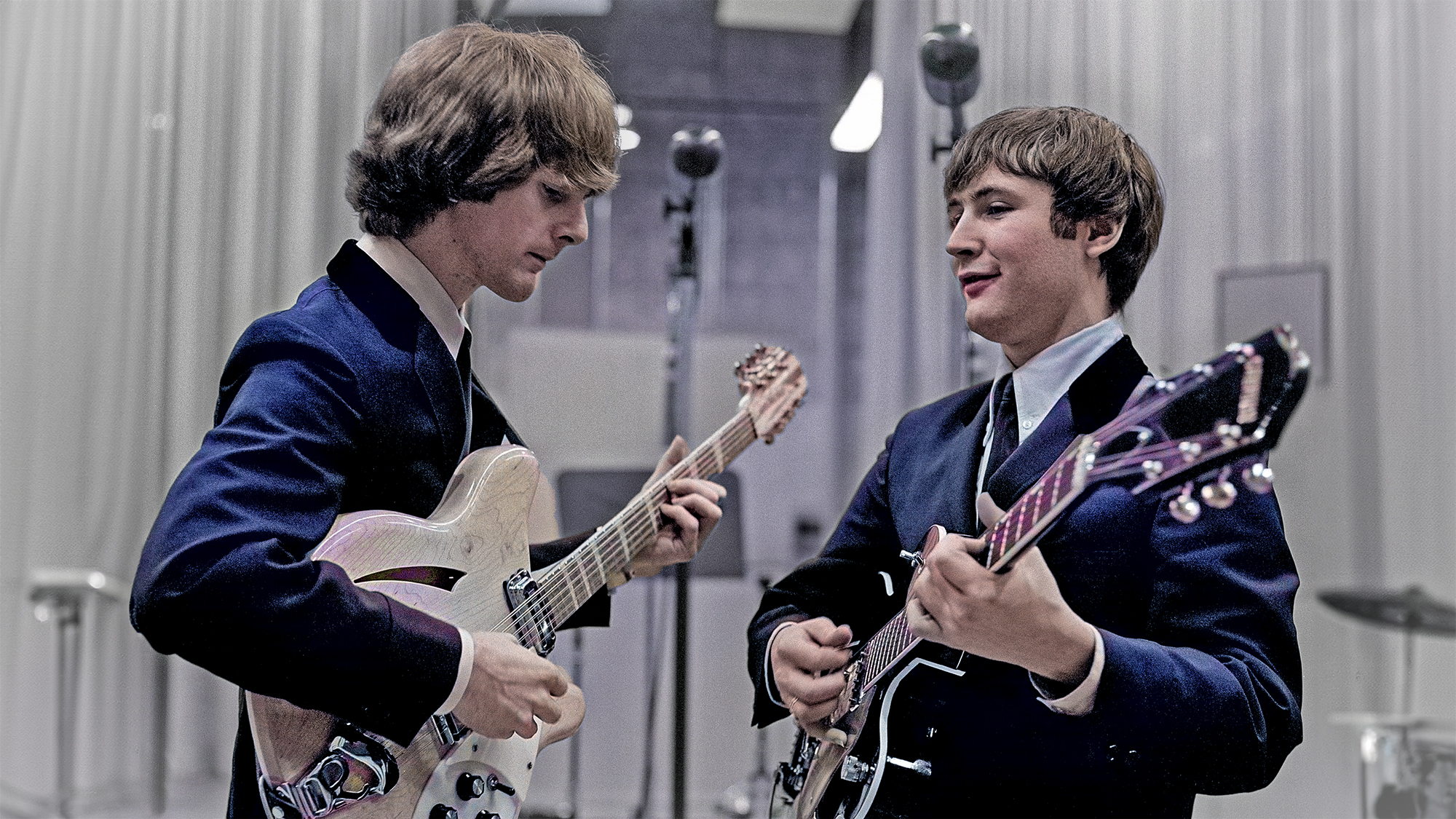“Her dress tail hit the G string, and it just stayed there with distortion for about 20 minutes.” Buddy Guy reveals the happy accident that taught him about guitar feedback
The guitarist said the absence of stages in Chicago's juke joints brought musicians and audiences together, resulting in a lesson in the joys of feedback

Feedback was once a problem to be avoided like the plague — that is until a few inventive guitarists began to use it effectively in their stage shows and even in their recordings.
Some, like Pete Townshend, discovered how to harness its power by searching for new guitar techniques.
“I'm afraid I was an arty little sod and I was actually experimenting,” he told Guitar Player when asked if his early innovations were the result of genius or dumb luck. “It shows that radical experimentation really is worth pursuing, because even though it might feel stupid and pretentious if you do discover something new, it's your property and you're identified with it forever.”
For others, feedback was a happy accident. That includes the Beatles, who chanced upon feedback in the studio when Paul McCartney's bass note caused John Lennon's Gibson J-160e electric-acoustic guitar to vibrate and generate feedback through the amplifier it was connected to. The result became the introduction to their hit 1964 single "I Feel Fine."
And then there's blues legend Buddy Guy, who learned about feedback while playing electric blues in Chicago in the 1950s.
“In Chicago then, we didn't have stages,” the 88-year-old tells NPR. “We'd always go in a corner and play. They had jukeboxes during their breaks, and they would play tunes. And that's how I learnt, by listening to other people, greats — Muddy Waters, [Howlin’] Wolf and so on.”
It was during this period that the guitarist's lightbulb moment came.
All the latest guitar news, interviews, lessons, reviews, deals and more, direct to your inbox!
While on a break, Guy left his Fender Strat still plugged into an amp that was still turned on. As he says, there was no stage, so his electric guitar was exposed to the venue’s audience.
“A lady passed by, and her dress tail hit the G string, and it just stayed there with distortion for about 20 minutes,” he recalls. “We were just in the corner playing. And she got up from her table to probably go get a drink or use the bathroom or something like that. And I said, ‘Wow, I forgot to cut my guitar off.’
“It was right in tune with the particular tune that was playing on the jukebox. I'll never forget that. I went up, and it worked with me, and I've been doing it ever since.”
In that moment, his mindset switched, and feedback became a tool in the arsenal; something to embrace and utilize, particularly when it came to guitar solos. He’s expressive with it, taming it like a lion under his command.
“After I found out it would stay and distort that long, I just went up one day and played and stood right there where it was, and it worked,” he concludes.

Jimi Hendrix, in particular, would take great inspiration from Guy’s use of feedback as did many others, including Jeff Beck, Robert Fripp, and My Bloody Valentine, have followed in their wake.
Derek Trucks is one such player to have learned a great deal from Guy, and he says playing with him in blues clubs before he hit his teens proved a vast education.
“What I remember about Buddy Guy is that when he wanted to, he would bring the band down to a whisper," Trucks recalled last year. “I could hear the amps humming.
“I remember that discipline and that use of dynamics just being a huge thing that went off in my head. It’s powerful when you can bring things down to that level, but still hold the intensity. Then, when you take the lid off of it, it’s a big trip that you've taken.”
Guy has also been dishing out his best blues guitar tips to Guitar Player and revealed the one question he's sick of being asked by interviewers, delivering feedback of a very different kind.
A freelance writer with a penchant for music that gets weird, Phil is a regular contributor to Prog, Guitar World, and Total Guitar magazines and is especially keen on shining a light on unknown artists. Outside of the journalism realm, you can find him writing angular riffs in progressive metal band, Prognosis, in which he slings an 8-string Strandberg Boden Original, churning that low string through a variety of tunings. He's also a published author and is currently penning his debut novel which chucks fantasy, mythology and humanity into a great big melting pot.


